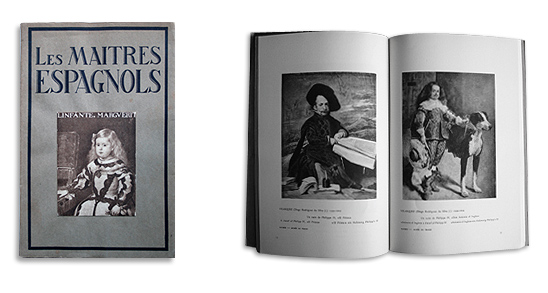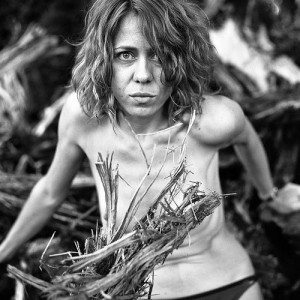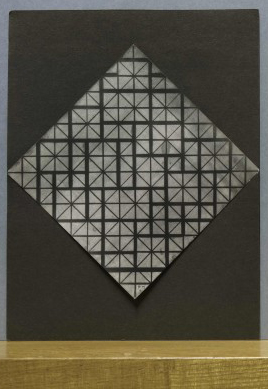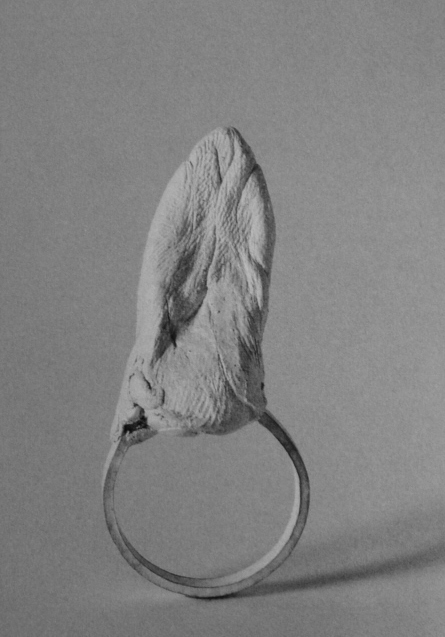 We could imagine that an artist who decides to make a book to present his works, will make the choice to present it in the most realist way. The works have to be shown as clear as possible, with all the details and from the best angle in a way that the public can figure the work out as better as possible.
We could imagine that an artist who decides to make a book to present his works, will make the choice to present it in the most realist way. The works have to be shown as clear as possible, with all the details and from the best angle in a way that the public can figure the work out as better as possible.
But I found a book totally different where the designer Karl Fritsch is showing his works in black and white. This process erases the realism of the reproduction but gives something fascinating to the work and invites us to the imaginary.
The book of Karl Fritsch is not a simple catalog of work anymore but it becomes a beautiful and mysterious book. This book brings us to the reflection about black and white pictures nowadays.
Using black and white pictures is astonishing choice because with those pictures, we cannot see the material and the colors of the rings anymore. We don’t differentiate the gold from the clay, the sapphire from the diamante, etc… The texture and the color disappear and everything becomes shape.
Looking at this book, at first I didn’t really understand why the designer choose black and white pictures.
If I walk around the library of the Rietveld I can find old art books showing reproduction of painting, sculptures and other art works in black and white.
But there is a difference between the book of Karl Fritsch and this old book.
In former days, it wasn’t a choice but a constraint to use the black and white.
The reasons were that coloured printings was to expensive. With this old pictures we was loosing the colours of the works and the quality was suffering. But then the progress made colourful art books possible, and today most of the art books which are showing art works are in colour.
Nevertheless, in 2010 there is still a lot of photographs using black and white pictures. Besides Karl Fritsch’s book, we can have a look to the pictures of Richard Avedon or even more contemporary photographers like Sally Mann.
Why are those artists still using this method ?
We can maybe think that it’s only a kind of melancholy or a willing to set up a kind of cosy or whatever old atmosphere.
But I also think that black and white has something particular.
Black and white reinforces the contrast and puts the concentration on the shape, emotion, etc… It erases all the colours and the texture and because of this it forces us to look at the reality from an other angle. Every day we are confronted with colors, looking at our world in a different way, reveals some other emotions and information, which are part of our reality but sometimes we are not able to see it.
Black and white is a good way to make a step backward to our surrounding. Artists feel this under emotion and want to transmit us this second aspect of reality. It is so difficult to reproduce exactly the same colours in pictures that somewhere coloured photography can fail to translate what the artist want to express. Moreover, in coloured pictures there is so much information that the spectator get lost.
There is some things in reality which appears with black and white stronger and powerful.
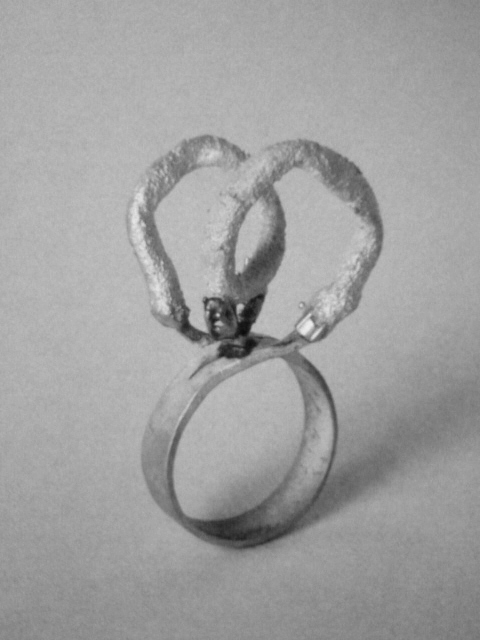
In the case of Karl Fritsch’s book, the artist made this choice in order to put the stress on the concept of Karl Fritsch who uses the materiel in an original way.
Indeed, in the way Karl Fritsch treats his rings, the gold is not completely polished and shinny anymore but it becomes rough. With this method he shows all this materials which are considered as precious in another way, with leaving finger print, imperfection, irregularity…
The pictures in black and white may be here to insist on this particular shape of the works and are a reproduction of the idea of Fritsch which is the idea to treat the materiel in a non conventional way.
This book is a perfect example of how black and white can bring us to an other way of looking. Actually, the fact that we don’t know the color and the material induces each person who looks at these pictures to imagine and interpret by themselves. And because we know only one part, we are really willing to know more.
This rings are mysterious, I am dreaming to see it in real because they stay like questions without answers.
Rietveld > lib. cat. no:

